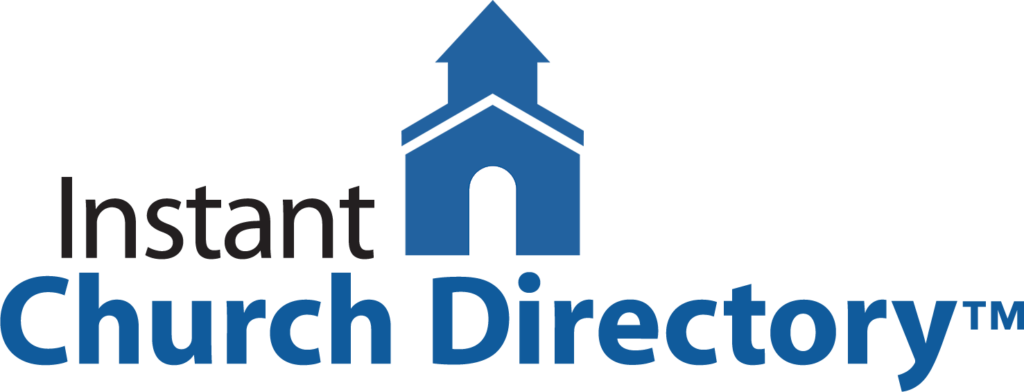We’re living in a time where everything around us is shifting pretty quickly—from the tech we use every day to what people value most.
How people spend money and what motivates giving looks different now from even just a few years ago.
As we move forward, it’s important for churches to understand and adapt to these changes. After all, staying up to date with current trends is key to sustainable growth, especially in a world that’s increasingly digital and driven by meaningful causes.
Looking ahead, here is how you can expect church giving to evolve.
Emerging Payment Technologies
Electronic giving is already the dominant form of giving in churches, with most donations now coming through digital platforms.
But the evolution of electronic giving goes beyond simple online donations—it’s expanding into more sophisticated, seamless methods that cater to today’s tech-savvy donors.
Digital wallets like Apple Pay and Google Pay are rapidly growing in popularity, allowing donors to make quick, contactless contributions directly from their smartphones or even watches, wherever they are. These wallets offer a seamless giving experience for donors who value convenience and speed in their daily lives.
Tap-to-pay systems are gaining traction, allowing donors to quickly give by tapping their debit or credit cards or smartphones at designated terminals. This efficient method enables congregants to donate during services, helping churches modernize the giving experience while maintaining the tradition of in-person contributions.
Another emerging trend is the acceptance of cryptocurrency and stock donations. Donating these assets provides the dual benefit of avoiding capital gains taxes while contributing to the church’s mission. Churches that accept these non-cash gifts are seeing a growing number of donors who want to contribute using their digital assets with gifts averaging $15,000.
These innovations are not just about convenience—they reflect the preferences of the next generation of givers, who are seeking payment methods that align with the digital-first world they live in.
Increased Importance of Security
With digital giving now the standard for church donations, ensuring robust security is crucial. Donors need confidence that their financial data is protected from breaches and misuse.
Therefore, churches must prioritize robust security measures and communicate these protections to their congregation.
Demonstrating a commitment to security is essential for maintaining donor trust and confidence, which are foundational to sustaining and growing support in the digital age. Ensuring the safety of sensitive information not only guards against potential risks but also reinforces your church’s reputation as a trustworthy steward of its members’ generosity.
This doesn’t mean your church needs to have cybersecurity experts on staff, but it does mean you need to make sure the online giving and other digital platforms you use uphold the latest security protocols.
Shift in Giver Motivations
One of the most significant changes is the declining loyalty towards institutions. Givers today have a stronger desire to support specific causes. This is particularly true among Gen Z, who may love your church but want to know what is being done with their gifts.
With this, churches face the challenge of articulating the significance and outcomes of their work more clearly than ever before.
The key is connecting generosity to tangible impact. This means moving beyond the traditional appeals of simply asking for donations to demonstrating how your church is using those donations to make an impact through stories or statistics.
In other words, show the cause your church is impacting. When you create a narrative that connects gifts to real-world change, donors will feel like active participants in a shared mission.
Giver Retention Is Crucial
Retaining donors has become more important than ever with the growing prevalence of online and multi-site churches.
Churches are now navigating a landscape where they are not only engaging their own congregations but also competing with a wide range of non-profits and organizations that are finding new and effective ways to attract and engage donors.
In this environment, donor retention should be a top priority, not an afterthought. Churches need to develop strategies that keep their congregation engaged and committed through consistent communication, appreciation, and transparent stewardship.
Keeping congregants informed with ministry updates and expressing gratitude when they give is essential to fostering long-term support. As more organizations seek donor involvement, it’s always better to over-communicate than under-communicate.
Demonstrating transparency, showcasing the impact of gifts, and expressing genuine appreciation help build trust and reinforce the value of each contribution toward achieving your church’s mission.
Leveraging Analytics and Giving Dashboards
Real-time data is the foundation of informed decision-making. Modern digital tools should allow churches to track giving trends, segment donors, and identify opportunities for personalized outreach—capabilities that traditional methods simply can’t provide.
One powerful tool is predictive modeling. By analyzing historical giving data, churches can forecast future donation trends, identify high-value donors, and recognize members who may be at risk of lapsing. This proactive approach enables church leaders to engage donors before a drop-off occurs, ensuring sustained financial support and long-term sustainability.
It’s important for churches to have a system that not only tracks donations but also provides features to analyze giving trends and plan campaigns effectively.
With the right tools, churches can use these insights to build stronger relationships with their congregation and make more informed decisions that support stewardship.
What does this mean for your church?
To successfully navigate these shifts in your church, here are some strategies to consider:
Implement Modern Giving Solutions
This goes beyond basic online giving. Integrate digital wallets, tap-to-pay, and cryptocurrency or stock donations to provide fast, flexible giving options that appeal to a broad range of donors.
Conduct Regular Security Audits
Commit to regular security audits and upgrades to protect donor information and maintain trust. Ensure your digital platforms, especially online giving, are implementing the latest security measures.
Communicate Missional Outcomes on Communication Channels
Leverage your website, social media, and other communications channels to share values, stories, and updates that connect individual contributions to tangible changes and achievements.
Show Gratitude to Givers
Develop a consistent and meaningful way to express gratitude to your donors through thank-you emails, personalized letters, impact reports, and appreciation events.
Leverage Data Insights
Use advanced analytics tools to make data-informed decisions and engage donors with personalized strategies.
These changes are not problems to deal with but are opportunities to deepen your engagement with your congregation, grow the spirit of generosity within your community, and amplify the impact of your ministry.
By understanding and responding to the trends, you can ensure that your church not only navigates these changes successfully but thrives in the years to come.
This article is courtesy of SecureGive, which simplifies church giving with a seamless, all-in-one donation management system so your team can focus on ministry while your congregation gives effortlessly and securely, www.securegive.com.














